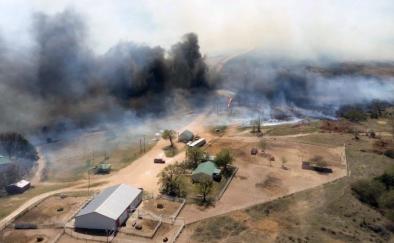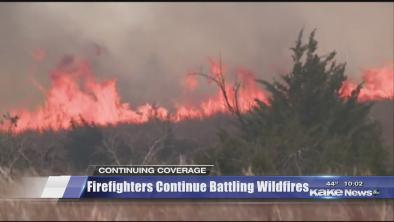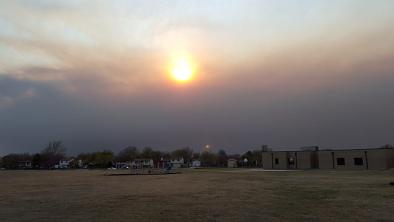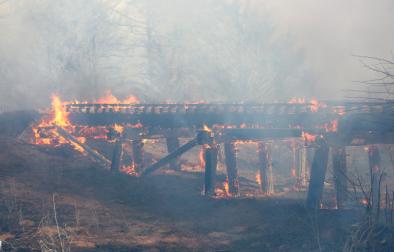Science Source
Quantifying the influence of global warming on unprecedented extreme climate events
The world is not quite at the point where every hot temperature record has a human fingerprint, but it's getting close to that.
Noah Diffenbaugh, lead author and Stanford University climate scientist
This is a step forward in that it allows general statements about what fraction of events of the given types selected have a statistically significant
Adam Sobel, a Columbia University climate scientist who wasn't part of the study
- Analyzes weather stations worldwide and calculates the global trend in warming that contributed to the record for hottest day of the year in at least 82% of the records for hottest day over the 1961-2010 period, including contributing at least 30% of the magnitude over large areas of Europe and eastern Asia, and increasing the probability by at least a factor of 2.5 over most of Europe and parts of western North America and eastern Asia.
- Spots climate change's influence 57 percent of the time in records for lowest rainfall in a year and 41 percent of the time in records for most rain in a 5-day period
- Formally identifies the fingerprint of anthropogenic warming in the observed trend of increasing heat extremes over the western U.S.
- Applies four attribution metrics to four climate variables at each available point on a global grid
- Results suggest that scientifically durable operational attribution is possible but they also highlight the importance of carefully diagnosing and testing the physical causes of individual events
Related Content
Headline

Apr 21, 2016 | The Christian Science Monitor
As largest wildfire in Kansas history rages, help from unlikely sources
Headline

Apr 20, 2016 | KAKE News
Wildfire burns nearly 400,000 acres in Kansas, Oklahoma
Headline

Apr 20, 2016 | AccuWeather
Wind-fueled wildfire scorches nearly 400,000 acres in Kansas, Oklahoma
Headline

Apr 20, 2016 | Weather Underground
Fire and ice on the Plains: Intense snow, raging blazes


